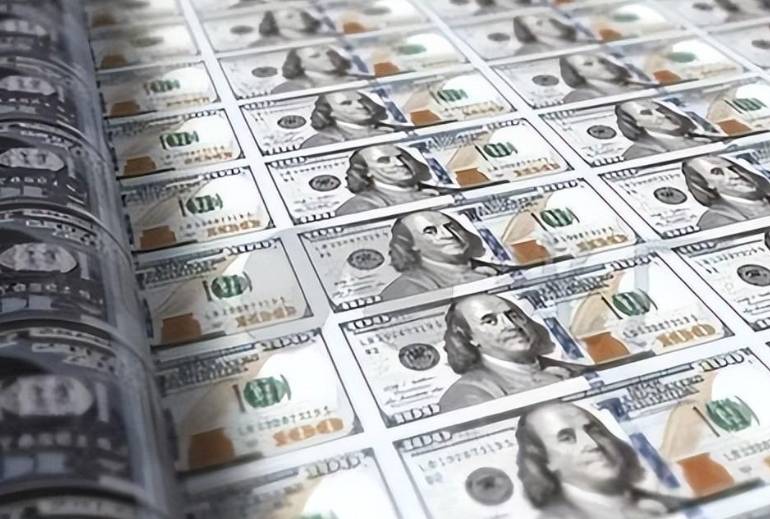The dynamics surrounding the Japanese yen have garnered attention as both domestic and international investors adapt their strategies in response to fluctuating global market conditions. Analysis has indicated a notable surge in the bets placed by individual Japanese investors, alongside international leveraged funds and asset management firms, escalating from $9.74 billion in October to an astounding $13.5 billion in November. This striking growth highlights the shifting patterns of investment amidst an intricate web of financial influences that have stabilized yet complicated decision-making processes for investors.
At the heart of this trend is a significant disparity in interest rates that exists between various countries. These inconsistencies create lucrative arbitrage opportunities for investors willing to navigate the complex landscape of international finance. The persistent increase in U.S. government borrowing aggravates this situation, influencing global capital flows and shaking up investment landscapes around the world. The relative stability paired with low volatility in the currency markets further encourages investors to strategize based on predictable conditions, minimizing the uncertainties that typically discourage bold investments.
Market professionals predict that as these conditions persist, betting behaviors surrounding currency arbitrage will continue to evolve and expand. Within this favorable environment, a particularly appealing investment strategy has emerged: borrowing in Japan. The Bank of Japan's current baseline interest rate, set at a paltry 0.25%, renders the cost of borrowing in yen remarkably low, making it an attractive starting point for investors seeking to harness higher yields elsewhere.
Subsequently, investors pivot to deploying the capital they have borrowed into high-yield global markets. Notably, several emerging market currencies and those within the G10 offer average yields exceeding 6%, presenting a stark contrast to Japan's nearly negligible yen yield. This disparity serves as a beacon for many investors, drawing them toward promises of substantial returns against the backdrop of minimal borrowing costs.
However, it is crucial to remain cognizant of the potential consequences that may arise from widespread adoption of this investment tactic. If a critical mass of investors resorts to similar strategies, the ripple effects can reverberate throughout the global financial ecosystem, with ramifications that can be extensive and far-reaching. Events from this past summer provide a vivid illustration of the risks involved. Following a wave of unwinding in yen carry trades, the subsequent fallout wiped approximately $6.4 trillion off global market valuations in mere weeks, illustrating how interconnected and fragile financial systems can be when certain strategies are overstretched.

Even the Nikkei 225—often viewed as a bellwether for the Japanese economy—did not escape unscathed, experiencing its steepest decline since 1987. The shock and rapidity of these losses served as a brutal awakening to market participants, revealing the sometimes devastating volatility that characterizes stock markets worldwide.
Adding to this uncertainty emerged a sudden appreciation of the yen just last week, shedding light on the persistent dangers faced by investors who had re-entered the carry trade. They had initially sought profits from their trades, yet the unpredictability of the yen's valuation significantly jeopardized their investment plans. These swings in exchange rates have a direct bearing on the balance between borrowing costs and investment returns, where a substantial appreciation of the yen could erase gains accumulated in higher-yield markets, potentially resulting in severe financial losses.
In essence, interest rates remain the linchpin of this yen carry trade, driving investors towards perceived gains while simultaneously concealing inherent risks. The considerable differences in interest rates between Japan and other economies fuel this strategy, creating opportunities that are difficult to resist. The high yields present in certain markets relative to Japan's meager 0.25% provide a lucrative lure, enticing traders to pursue their ambitions without fully accounting for the inherent risks that accompany such volatile maneuvers. Just like treacherous rocks lurking just beneath the calm surface of the ocean, these risks can capsize the investing vessels of recklessly adventurous traders, destabilizing the broader financial market in the process.
The struggle for yield has turned many investors’ eyes towards Japan, where the yield on the yen continues to fall behind other major currencies. Though the Japanese central bank is gradually edging towards increased interest rates, the gap remains significant compared to other economic powerhouses such as the United States. In November, the Federal Reserve again cut rates by 25 basis points, now ranging between 4.5% and 4.75%. As observed by FX analysts at the Australian and New Zealand Banking Group in Sydney, even a rate increase to approximately 1% in Japan would still rationalize the carry trade dynamic.
This particular strategy has proven to be quite lucrative over the years; since late 2021, yen carry trades focused on ten major and emerging market currencies have delivered returns as high as 45%. By contrast, even grossing in the reinvestment of dividends, the S&P 500 has achieved merely a 32% return during the same time frame. As a result, an increasing number of traders have flocked to these positions, pushing yen shorts to an extraordinary $21.6 billion by the end of July, prior to significant liquidation.

Post Comment